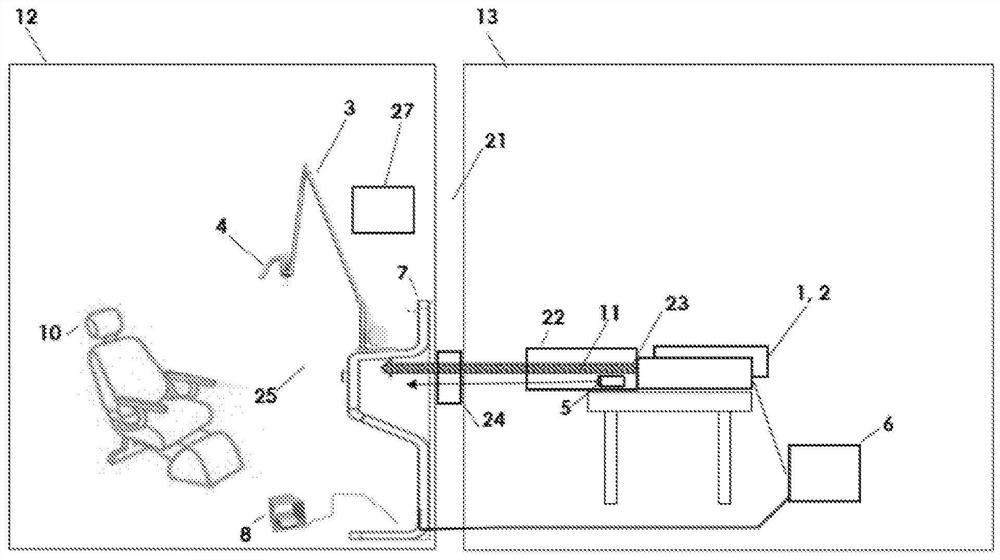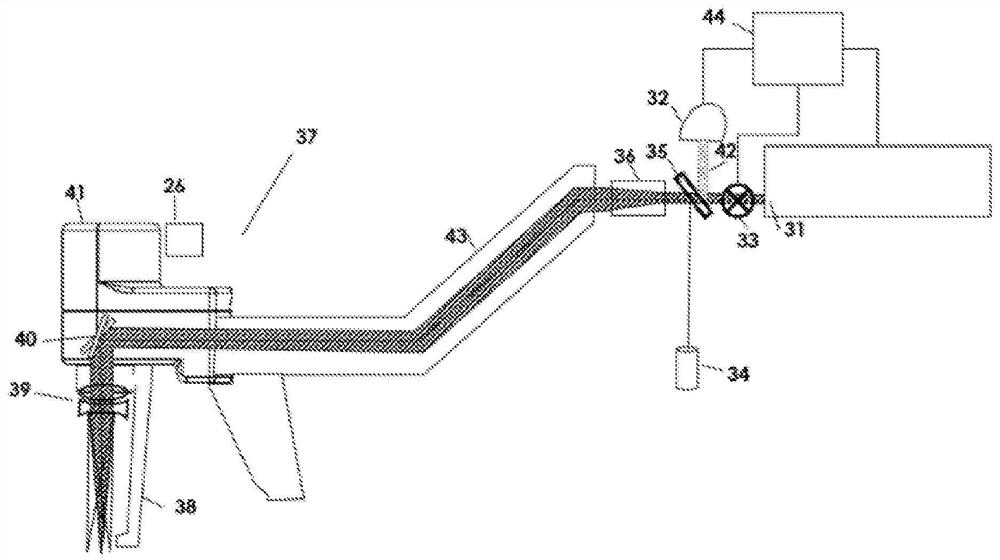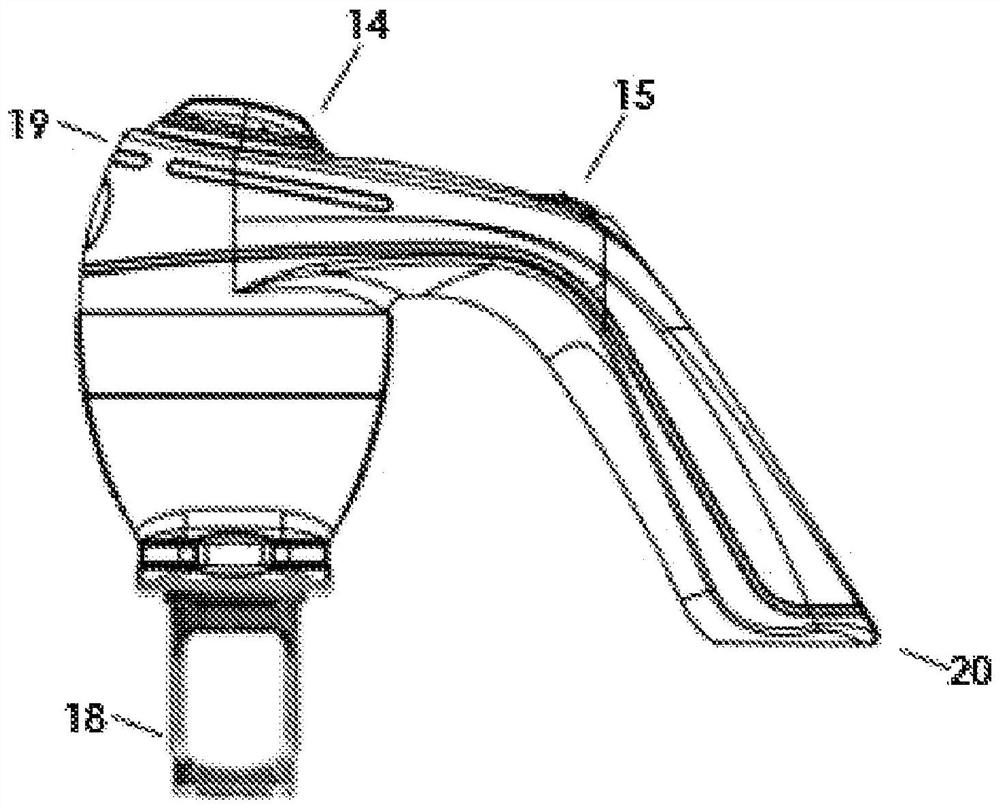Improvements in and to methods and apparatus for removal of skin pigmentation and tattoo ink
A technology for skin and treatment methods, used in applications, phototherapy, radiation therapy, etc., to solve the problems of inconsistent, time-consuming, and inaccurate laser radiation
- Summary
- Abstract
- Description
- Claims
- Application Information
AI Technical Summary
Problems solved by technology
Method used
Image
Examples
Embodiment 1
[0174] in the attached picture figure 1A skin treatment facility according to an embodiment of the invention is schematically shown. The equipment is arranged in two adjacent rooms 12 , 13 separated by a partition wall 21 . One of the rooms 12 is a treatment room; the other is a laser room 13 housing a first and a second treatment laser 1,2. In this embodiment, the first laser 1 is an 800 nm titanium sapphire laser producing ultrashort pulses, and the second laser 2 is a 1064 nm and 532 nm Nd:YAG laser. The Ti:Sapphire laser emits pulses of 100-30,000 femtoseconds at a pulse repetition rate of 1Khz at an energy of 1-10 mJ. Nd-Yag lasers emit sub-nanosecond pulses at similar energies and at a pulse repetition rate of 500 Hz. It will be appreciated that different lasers may be used in other embodiments of the invention. As described below, the aiming beam 5 is optically coupled to the treatment lasers 1, 2 to assist in placing the working head 4, described in more detail bel...
Embodiment 2
[0191] The use of ultrashort and ultrahigh intensity radiation according to the invention facilitates the removal of several colors with one wavelength over highly color selective linear absorption. When designing a new system, the proper laser operating point must be determined to achieve multicolor pigment removal. Operating points include fluence, pulse width and intensity. The intensity is required to be high enough to remove many colors and is usually determined by a combination of fluence (energy density) and pulse width. Flux should be high enough to support strength, but not so high as to cause undue damage (typically around 0.5-10J / cm 2 ). The pulse width should be short, but is usually limited by the specific laser design. A preferred pulse width is about 0.5-30 picoseconds. Pulse energy is discussed in Example 3 below. The optimum operating point depends on the wavelength of the particular laser, the color of the object (more is usually better), and the availab...
Embodiment 3
[0199] The process of laser pigment removal, while targeting the pigment, generates localized heat in the tissue surrounding the pigment. Although localized damage in the pigmented tissue is unavoidable, surrounding tissue (not directly damaged by pigmented radiation absorption) will be subjected to secondary heating. Locally increased duration of heating is at the root of higher damage to surrounding tissue. In the examples below, we quantify these effects.
[0200] During irradiation of pigmented tissue, the following occurs: Initially, on the time scale of the laser pulse width, the radiation is absorbed in the absorbing portion of the tissue, usually in the specific chromophore targeted by the therapy . These can reach very high temperatures (even thousands of degrees) on very short picosecond or nanosecond timescales. This often results in plasma generation, mechanical failure, and / or other dramatic events, which are often the desired effects of therapy. After a short...
PUM
| Property | Measurement | Unit |
|---|---|---|
| strength | aaaaa | aaaaa |
| diameter | aaaaa | aaaaa |
| strength | aaaaa | aaaaa |
Abstract
Description
Claims
Application Information
 Login to View More
Login to View More - R&D
- Intellectual Property
- Life Sciences
- Materials
- Tech Scout
- Unparalleled Data Quality
- Higher Quality Content
- 60% Fewer Hallucinations
Browse by: Latest US Patents, China's latest patents, Technical Efficacy Thesaurus, Application Domain, Technology Topic, Popular Technical Reports.
© 2025 PatSnap. All rights reserved.Legal|Privacy policy|Modern Slavery Act Transparency Statement|Sitemap|About US| Contact US: help@patsnap.com



